Anything in history or nature that can be described as changing steadily can be seen as heading toward catastrophe
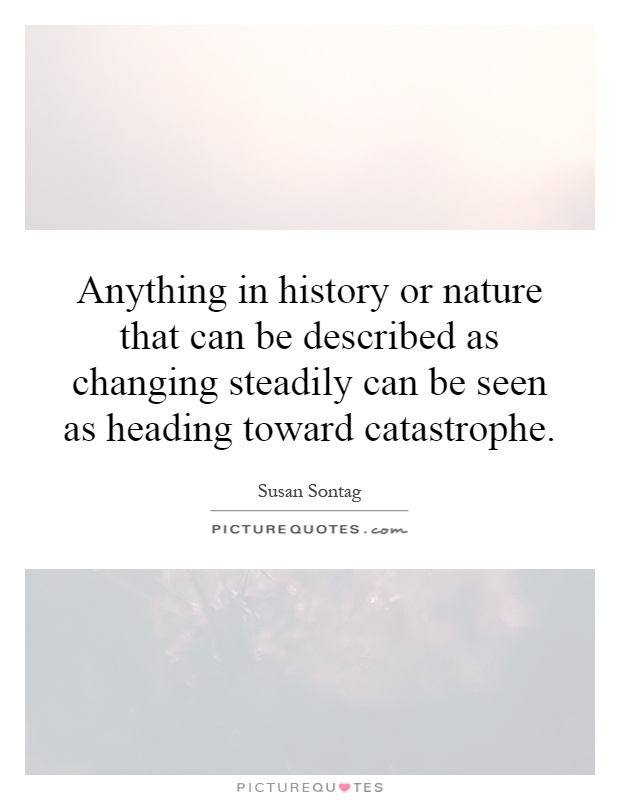
Anything in history or nature that can be described as changing steadily can be seen as heading toward catastrophe
Susan Sontag, a renowned American writer, filmmaker, and philosopher, was known for her thought-provoking essays on art, culture, and society. One of her most famous works, "On Photography," explores the impact of images on our perception of reality and the ways in which photography shapes our understanding of the world. In the context of the statement "Anything in history or nature that can be described as changing steadily can be seen as heading toward catastrophe," Sontag's ideas on the power of images and the constant evolution of society can shed light on the potential dangers of unchecked progress.Sontag's exploration of the role of photography in shaping our collective memory and understanding of history can be seen as a cautionary tale about the dangers of steady change. In her essay, she argues that the proliferation of images in modern society has desensitized us to the suffering of others and has distorted our perception of reality. As images become more ubiquitous and technology advances, the steady stream of visual information can lead to a sense of numbness and detachment from the world around us. This detachment can ultimately lead to a lack of empathy and a failure to recognize the warning signs of impending catastrophe.
Furthermore, Sontag's examination of the ways in which photography can be used as a tool of manipulation and propaganda highlights the potential dangers of unchecked progress. As societies evolve and technology advances, the power of images to shape public opinion and influence political decisions becomes increasingly potent. If this power is not wielded responsibly, it can lead to the spread of misinformation, the manipulation of public sentiment, and the erosion of democratic values.



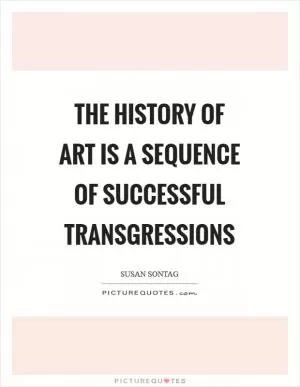

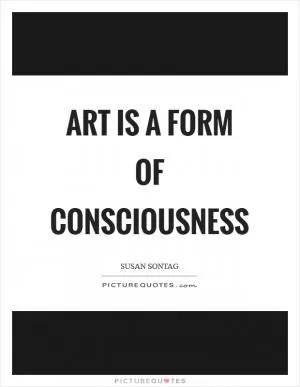

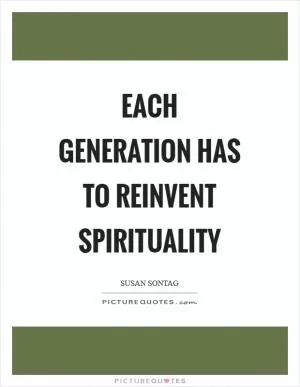
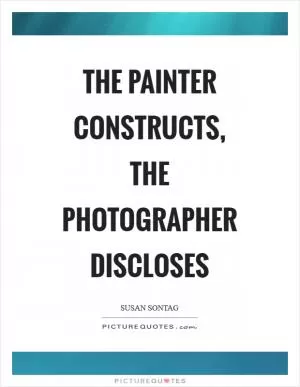



 Friendship Quotes
Friendship Quotes Love Quotes
Love Quotes Life Quotes
Life Quotes Funny Quotes
Funny Quotes Motivational Quotes
Motivational Quotes Inspirational Quotes
Inspirational Quotes